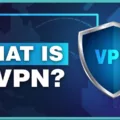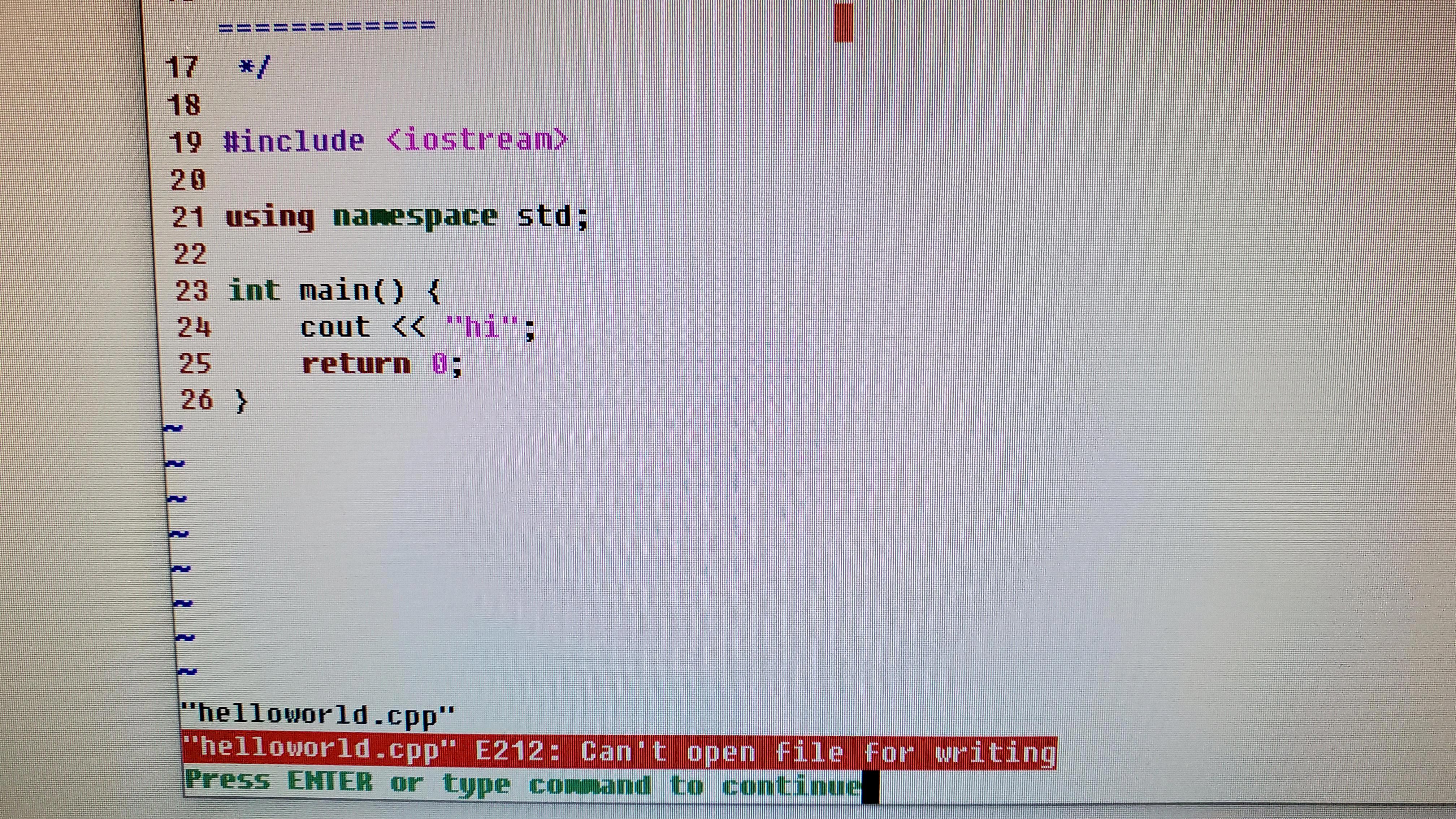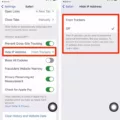Digital Rights Management (DRM) licenses play a crucial role in protecting copyrighted content in the digital realm. These licenses are designed to control access to digital media such as movies, music, books, games, and more. In this article, we will explore the ins and outs of DRM licenses, their importance, and the controversies surrounding them.
DRM licenses are essentially a set of rules and restrictions that govern how users can access, use, and share copyrighted content. They are implemented through technological means, such as encryption and authentication, to ensure that only authorized individuals can access the content. This helps to prevent piracy and unauthorized distribution of copyrighted material.
One of the primary functions of DRM licenses is to limit the number of devices on which the content can be accessed. This means that users may only be able to view or listen to the content on a certain number of devices, usually determined by the license terms. This restriction helps prevent mass distribution of the content and ensures that content creators and copyright holders can monetize their work.
Additionally, DRM licenses often include restrictions on sharing and copying of the content. Users may be limited in their ability to share the content with others or make copies for personal use. These restrictions are in place to protect the interests of content creators and prevent unauthorized duplication and distribution.
However, DRM licenses have faced criticism and controversy over the years. Some argue that DRM is overly restrictive and can inconvenience legitimate customers. For example, users may encounter difficulties when trying to transfer their purchased content to different devices or platforms. Additionally, DRM can limit the ability to make backups or use the content in certain ways, which can be frustrating for users.
Another point of contention is the effectiveness of DRM in preventing copyright infringement. Critics argue that DRM has not proven to be a foolproof solution and that determined individuals can still find ways to circumvent the restrictions. They point out that DRM often inconveniences legitimate users more than it hinders pirates.
Furthermore, DRM has been accused of stifling innovation and competition. Some argue that the strict control over content through DRM licenses can create barriers for new entrants in the market, limiting the ability for smaller artists or independent creators to reach their audience.
Despite these controversies, DRM licenses remain an important tool for copyright holders and content creators in protecting their digital assets. With the prevalence of online piracy and unauthorized distribution of copyrighted content, DRM technology helps to safeguard the rights and revenues of those who produce and distribute digital media.
DRM licenses are a vital aspect of digital content protection. They enable copyright holders to control access to their content and manage its usage. While DRM has faced criticism for its restrictions and potential inconveniences, it remains an essential tool in the fight against piracy and ensuring that creators can profit from their work.

What is DRM Licensing?
DRM licensing refers to the process of granting or obtaining permission to use digital content that is protected by digital rights management technology. It involves the issuance of licenses that outline the terms and conditions under which the content can be accessed, used, shared, or distributed.
Here are some key points to understand about DRM licensing:
1. Control over copyrighted material: DRM licensing allows copyright holders to maintain control over their digital content and protect it from unauthorized use or distribution. By implementing DRM technology, copyright owners can enforce restrictions on copying, sharing, and accessing their content.
2. Access control: DRM licensing enables content creators to control who can access their digital content. It allows them to grant or deny access based on specific criteria, such as user authentication, subscription status, or payment verification. This helps to prevent unauthorized access and piracy.
3. Usage restrictions: DRM licensing allows copyright holders to define the permitted uses of their content. This can include limitations on the number of devices on which the content can be accessed, the duration of access, or the number of times it can be copied or printed. These restrictions are typically specified in the license terms and are enforced by the DRM technology.
4. Content protection: DRM licensing helps to protect digital content from being illegally copied, modified, or distributed. It employs various technical measures, such as encryption, digital watermarks, or access controls, to deter unauthorized duplication or tampering with the content.
5. Licensing models: DRM licensing can be implemented using different licensing models, depending on the specific requirements of the content and the rights holder. Some common licensing models include single-user licenses, subscription-based licenses, enterprise licenses, or pay-per-use licenses. These models determine how users can access and use the content, and may involve different pricing structures.
6. License management: DRM licensing involves the management of licenses, including their issuance, tracking, and enforcement. This can be done through specialized software or platforms that handle the authentication, authorization, and monitoring of licensed content. License management systems help content owners track the usage of their content and ensure compliance with the license terms.
DRM licensing is the process of controlling access to and usage of digital content through the use of licenses and digital rights management technology. It allows copyright holders to protect their content, define usage restrictions, and manage how users can access and use their digital assets.
What Does It Mean to Be DRM Protected?
To be DRM protected means that the content has certain restrictions placed on it to control its use and prevent unauthorized copying, sharing, or modification. DRM is a technology used by content creators and distributors to enforce copyright protection and prevent piracy.
Here are some key points to understand about DRM protection:
1. Authorization: DRM allows content creators to control who can access and use their content. Users typically need to obtain proper authorization, such as purchasing a license or a subscription, to legally access the DRM protected content.
2. Usage Restrictions: DRM can impose various restrictions on how the content can be used. For example, it may limit the number of devices on which the content can be accessed or the number of times it can be copied or printed.
3. Copy Protection: DRM protection aims to prevent unauthorized copying or sharing of the content. It may use encryption techniques to make it difficult for unauthorized users to access or replicate the content.
4. Digital Watermarking: DRM may include digital watermarking, which embeds hidden information into the content. Watermarks can serve as a deterrent against piracy and help identify the source of unauthorized copies.
5. Platform Compatibility: DRM protected content may require specific software or devices that support the DRM technology. This can limit the compatibility of the content with certain devices or platforms.
6. License Management: DRM often involves the management of licenses that grant users the right to access the protected content. Licenses may include expiration dates, limitations on the number of devices, or other usage terms.
7. Enforcement Mechanisms: DRM protection can be enforced through various mechanisms, such as license servers, authentication systems, or online verification. These mechanisms ensure that users comply with the usage restrictions and prevent unauthorized access.
8. Industry Standards: Different DRM systems and technologies exist, developed by various organizations and companies. Some common DRM standards include Adobe DRM, Microsoft PlayReady, and Apple FairPlay, each with its own features and compatibility requirements.
DRM protection is implemented to safeguard the intellectual property rights of content creators and prevent unauthorized use or distribution of copyrighted material. It allows content providers to control the access, usage, and distribution of their digital assets in a secure and regulated manner.
Why is DRM Controversial?
DRM, or Digital Rights Management, is a topic of controversy in the realm of copyright protection. The controversy arises from several factors, including an absence of evidence supporting its effectiveness in preventing copyright infringement, complaints from legitimate customers regarding inconveniences caused by DRM measures, and suspicions of DRM stifling innovation and competition.
1. Lack of Evidence: One of the main reasons DRM is controversial is the lack of concrete evidence demonstrating its effectiveness in preventing copyright infringement. Critics argue that DRM measures, such as encryption or copy protection, can be circumvented by determined individuals or groups. This leads to the question of whether the implementation of DRM is worth the resources and potential negative impact on user experience.
2. Customer Inconveniences: DRM measures often come with restrictions that can inconvenience legitimate customers. For instance, DRM can limit the number of devices on which content can be accessed or impose restrictions on copying or sharing. These limitations can frustrate consumers who have legally obtained content and hinder their ability to enjoy it across multiple platforms or devices.
3. Stifling Innovation and Competition: Some argue that DRM can stifle innovation and competition by creating barriers for new players in the market. DRM technologies are often controlled by a limited number of companies, which can create a monopoly or oligopoly in the digital content distribution industry. This control over DRM can restrict the entry of new competitors and limit consumer choice.
4. Compatibility and Interoperability: DRM can also lead to compatibility and interoperability issues. Different DRM systems may not be compatible with each other, making it difficult for consumers to access their purchased content on different devices or platforms. This lack of interoperability can cause frustration and limit the freedom of consumers to enjoy their content as they prefer.
DRM is controversial due to the lack of evidence supporting its effectiveness, customer inconveniences caused by restrictions, suspicions of stifling innovation and competition, and compatibility issues. These factors contribute to an ongoing debate regarding the necessity and impact of DRM in protecting copyright and balancing the rights of content creators and consumers.
Is DRM Needed?
DRM (Digital Rights Management) is indeed needed in the digital content industry. Here are some reasons why:
1. Protecting Intellectual Property: DRM helps publishers and creators safeguard their digital intellectual property (IP) from unauthorized distribution and piracy. It ensures that only authorized users can access and use the content, preventing illegal copying and distribution.
2. Revenue Generation: DRM enables content creators to monetize their work by controlling how it is accessed and distributed. By implementing DRM, content can be offered through secure channels, such as paid subscriptions or authorized downloads, ensuring that creators receive fair compensation for their efforts.
3. Maintaining Content Quality: DRM can prevent unauthorized modifications or alterations to digital content. This ensures that the content is presented as intended by its creators, maintaining its quality and integrity.
4. Encouraging Innovation and Investment: DRM provides a level of assurance to publishers and creators that their investments in creating and distributing premium content will be protected. This encourages them to continue investing in new and innovative content, benefiting both consumers and the industry as a whole.
5. Supporting Diverse Business Models: DRM allows for various business models, such as subscription services, pay-per-view, or rentals, by controlling how content is accessed and consumed. This flexibility helps content creators tailor their offerings to different market demands and consumer preferences.
6. Compliance with Legal Requirements: DRM can help content providers comply with intellectual property laws and regulations. By implementing DRM, they can demonstrate their commitment to respecting copyright and protecting the rights of content creators.
7. Enhanced User Experience: While DRM can sometimes be seen as restrictive, it can also enhance the user experience by providing secure and seamless access to premium content across multiple devices. With DRM in place, users can enjoy their favorite content without worrying about piracy or unauthorized access.
DRM is necessary to protect digital intellectual property, ensure revenue generation for content creators, maintain content quality, encourage innovation, support diverse business models, comply with legal requirements, and enhance the user experience.
Conclusion
DRM licenses play a crucial role in protecting copyrighted material and ensuring that content creators and copyright holders can control how their digital assets are used. By implementing DRM technology, they can manage access to their content, limit the number of devices on which it can be accessed, and determine whether it can be shared or not.
While DRM has its benefits in preventing unauthorized distribution and piracy, it is also a controversial topic. Critics argue that DRM may not effectively prevent copyright infringement and can inconvenience legitimate customers with strict usage restrictions. Additionally, there are concerns that DRM may stifle innovation and competition in the digital market.
However, it is important to note that in the face of rampant online piracy, services like DRM are necessary for publishers and creators to protect their intellectual property and make a living from their premium content. Over the years, DRM technology has evolved and improved to provide better security and usability, allowing businesses and content creators to have more control over their digital assets.
DRM licenses have become a standard practice in the digital content industry to safeguard the rights of copyright holders and control the use and distribution of their material. While there are valid concerns and criticisms surrounding DRM, it remains an essential tool for protecting digital IPs and ensuring that content creators can continue to produce and monetize their work in a digital age.













